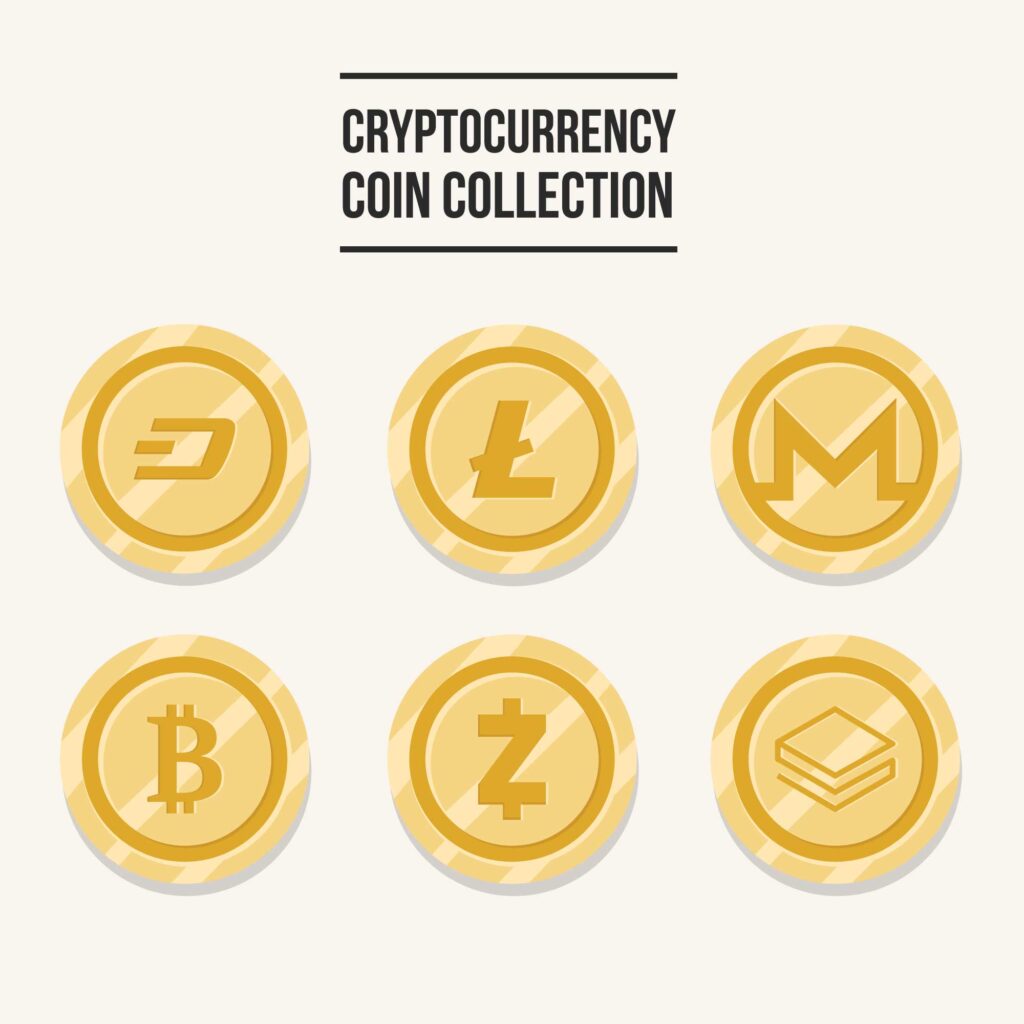In the world of cryptocurrency, the term “altcoin” is frequently used. However, many are unsure what altcoins are, how they function, and how they differ from Bitcoin. This guide provides a clear explanation of altcoins, using easy-to-understand examples.
What are Altcoins?
“Altcoin” stands for “alternative coin,” referring to any cryptocurrency other than Bitcoin. Bitcoin, launched in 2009, was the first cryptocurrency and introduced blockchain technology. Subsequently, numerous other cryptocurrencies emerged, aiming to add new features or address Bitcoin’s limitations. These are known as altcoins. For a deeper dive into the history of Bitcoin and the rise of altcoins, check out this resource from Forbes.
- Bitcoin: The first and most well-known cryptocurrency.
- Altcoins: All other cryptocurrencies, such as Ethereum (ETH), Ripple (XRP), Litecoin (LTC), and many more.
Why Were Altcoins Created?
Developers created altcoins to enhance and expand upon the blockchain functionality Bitcoin introduced. Key reasons include:
- Addressing Bitcoin’s Limitations: Bitcoin has relatively slow transaction speeds and uses the energy-intensive Proof of Work (PoW) consensus mechanism.
- Adding New Features: Ethereum introduced smart contracts, while Ripple focuses on fast, low-cost cross-border transactions.
- Improving Privacy: Altcoins like Monero (XMR) and Zcash (ZEC) prioritize transaction privacy.
Types of Altcoins
Altcoins can be categorized based on their functionality:
- Payment Coins: Function as a medium of exchange, like Bitcoin (e.g., Litecoin, Bitcoin Cash).
- Smart Contract Platforms: Support decentralized application (dApp) development (e.g., Ethereum, Solana, Cardano). Learn more about smart contracts on the Smart Contract.
- Stablecoins: Designed to maintain a stable value pegged to an asset like the US dollar (e.g., Tether (USDT), USD Coin (USDC)). Explore stablecoins further on Investopedia.
- Privacy Coins: Focus on anonymous and private transactions (e.g., Monero, Zcash).
- Utility Tokens: Used for specific services within a blockchain ecosystem (e.g., Binance Coin (BNB), Filecoin (FIL)).
How Do Altcoins Work?
Altcoins utilize blockchain technology to record transactions in a decentralized manner. Some employ different consensus mechanisms than Bitcoin:
- Proof of Stake (PoS): Validators are chosen based on their staked coin holdings (e.g., Cardano, Polkadot).
- Delegated Proof of Stake (DPoS): Coin holders vote for delegates who validate transactions (e.g., TRON, EOS).
- Proof of Work (PoW): Still used by some altcoins like Litecoin. For more on PoW, see the Binance.
A Simple Analogy: Smartphone Apps
Imagine your smartphone. Bitcoin is like the basic phone app for making calls. Altcoins are other apps with added functionality:
- Ethereum: A document editor for creating contracts and automating tasks (smart contracts).
- Ripple: A banking app for fast international money transfers.
- Litecoin: A lighter phone app for faster, data-efficient calls.
Advantages of Altcoins
- Added Features: Altcoins often introduce innovative technologies not present in Bitcoin.
- Faster Transactions: Some offer quicker transaction times.
- Investment Diversification: Provide more investment options.
- Enhanced Privacy: Some prioritize anonymity.
Disadvantages of Altcoins
- High Volatility: Prices can fluctuate dramatically.
- Lower Adoption: Many altcoins lack widespread acceptance compared to Bitcoin.
- Risk of Scams: Be wary of projects with unclear goals or fraudulent activities.
Real-World Altcoin Implementations
- Ethereum: Used to build decentralized finance (DeFi) applications and NFTs.
- Ripple: Used by banks for international transfers.
- Binance Coin: Used to pay transaction fees on Binance Exchange.
Conclusion
Altcoins are a vital part of the blockchain ecosystem, offering additional features and benefits beyond Bitcoin. By understanding their types and functionalities, you can navigate the cryptocurrency world more effectively. The smartphone app analogy helps illustrate how various altcoins serve different purposes. Always research thoroughly before investing in any altcoin.


